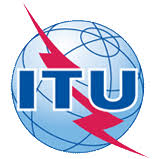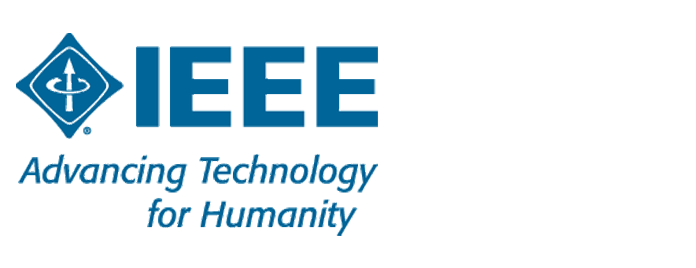OID-based resolution framework for transactions of a distributed ledger assigned to IoT resources
An object identifier (OID) is an identifier to name an object in a hierarchically assigned namespace. In the Internet of things (IoT), thousands of IoT resources will be intricately provided as fusion types of various services. For the thousands of IoT resources, object identifiers (OIDs) can provide a resolution framework with unlimited scalability. On the other hand, IoT resources need to secure their data, so the distributed ledger technology (DLT) can guarantee its integrity. In consequence, the convergence of DLT and OIDs provides a good solution for identifying secured data of IoT resources. Recommendation ITU-T Y.4476 therefore specifies a resolution framework for the transactions of a distributed ledger assigned to IoT resources. Recommendation ITU-T Y.4476 also describes the concepts, functional requirements, architecture and procedures of an OID-based resolution framework by using DLT.



